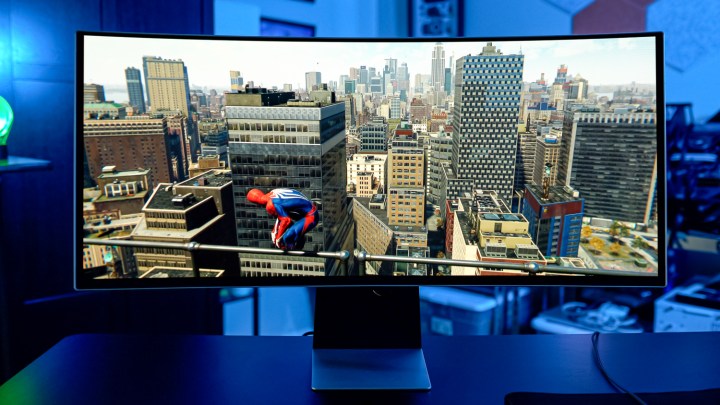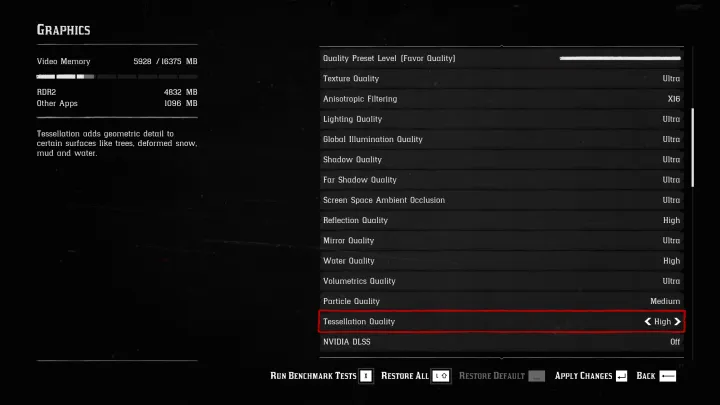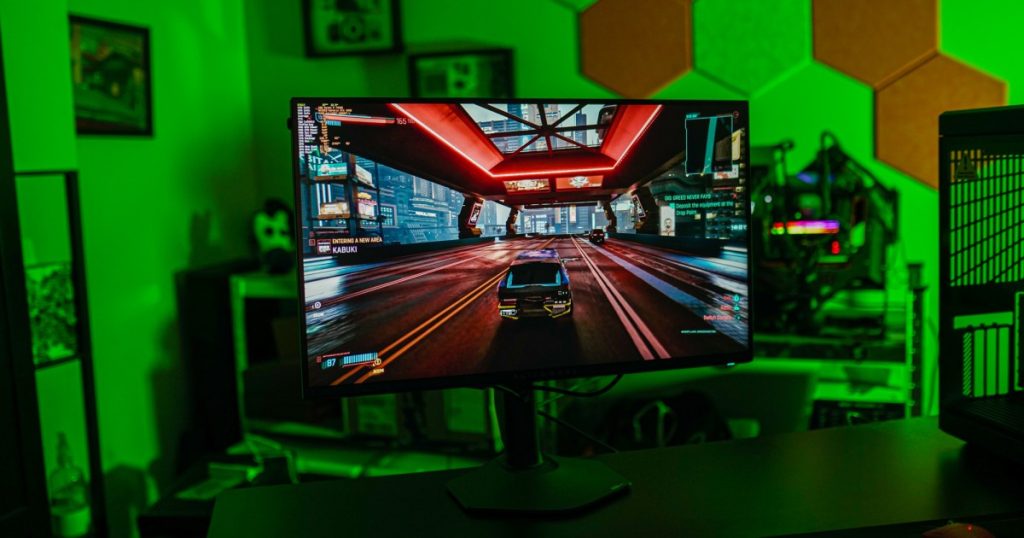Having started my gaming journey at the age of 4 on a Super Nintendo, I have predominantly been a PC gamer. While I own consoles as well, I have always preferred gaming on a desktop for its versatility, upgrade potential, and compatibility with a wide range of games. However, PC gaming still has its fair share of challenges even in 2024.
Despite the increasing number of PC gamers, issues persist in PC releases, particularly concerning game graphics. Consoles tend to handle resolution and scaling seamlessly, whereas PC gamers often need to adjust settings to achieve optimal visuals. Here are some of the PC gaming annoyances that continue to plague gamers and that I hope will be addressed in the future.
Resolution Challenges

Many AAA titles on PC do not handle resolution and scaling optimally. Unlike consoles that adapt to the monitor’s native resolution, PC games may start at lower resolutions and require manual adjustment. This discrepancy becomes more pronounced with ultrawide monitors, as many games do not support such resolutions.
The real frustration with PC gaming resolutions emerges when changing the resolution in Windows. Some games fail to adjust to the changed resolution, leading to cropping and visual distortions. It would be ideal if games could seamlessly scale based on the user’s chosen resolution.
Additionally, certain games may not display all resolution options without manual intervention, necessitating edits to the game’s .ini files for adjustments, such as in “Returnal.”
Variability in Upscaling Terminology

Upscaling technologies like Nvidia DLSS and AMD FSR have become essential for enhancing gaming performance and visuals. However, the inconsistency in naming conventions across games creates confusion for players in selecting the appropriate upscaling options.
Games like “Cyberpunk 2077” use different terms for upscaling, such as Resolution Scaling, Resample Quality in “World of Warcraft,” and Upscale Method in “Horizon Zero Dawn.” This diversity complicates the selection process, especially when games limit customization or fail to explain the impact of each option on performance.
Streamlining the upscaling terminology and providing clearer explanations in-game would greatly benefit PC gamers in optimizing their gaming experience.
Excessive Graphics Settings Complexity

While extensive graphics settings offer flexibility, some games overwhelm players with numerous confusing options that impact performance in obscure ways. Titles like “Red Dead Redemption 2” involve settings like Mirror Quality and Reflection Quality, presenting challenges in understanding their effects.
Although games often provide preset graphic profiles, determining the optimal settings for performance improvements remains ambiguous. Players must navigate through a plethora of options without accurate insights into their performance implications.
Greater clarity on graphics settings and their performance impacts would streamline the customization process and enhance the overall gaming experience for PC players.
Enhancing User Experience in PC Gaming

PC gaming offers unparalleled flexibility and performance advantages, but it also introduces complexities that hinder a seamless user experience. While the vast game catalog and customization options on PC are appealing, the process of optimizing settings can be cumbersome.
Efforts to streamline resolution adjustments, standardize upscaling terminology, simplify graphics settings, and enhance user guidance would significantly improve the PC gaming experience. Despite these challenges, the versatility and performance capabilities of PC gaming continue to attract enthusiasts, underscoring the enduring appeal of gaming on a desktop platform.


